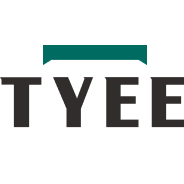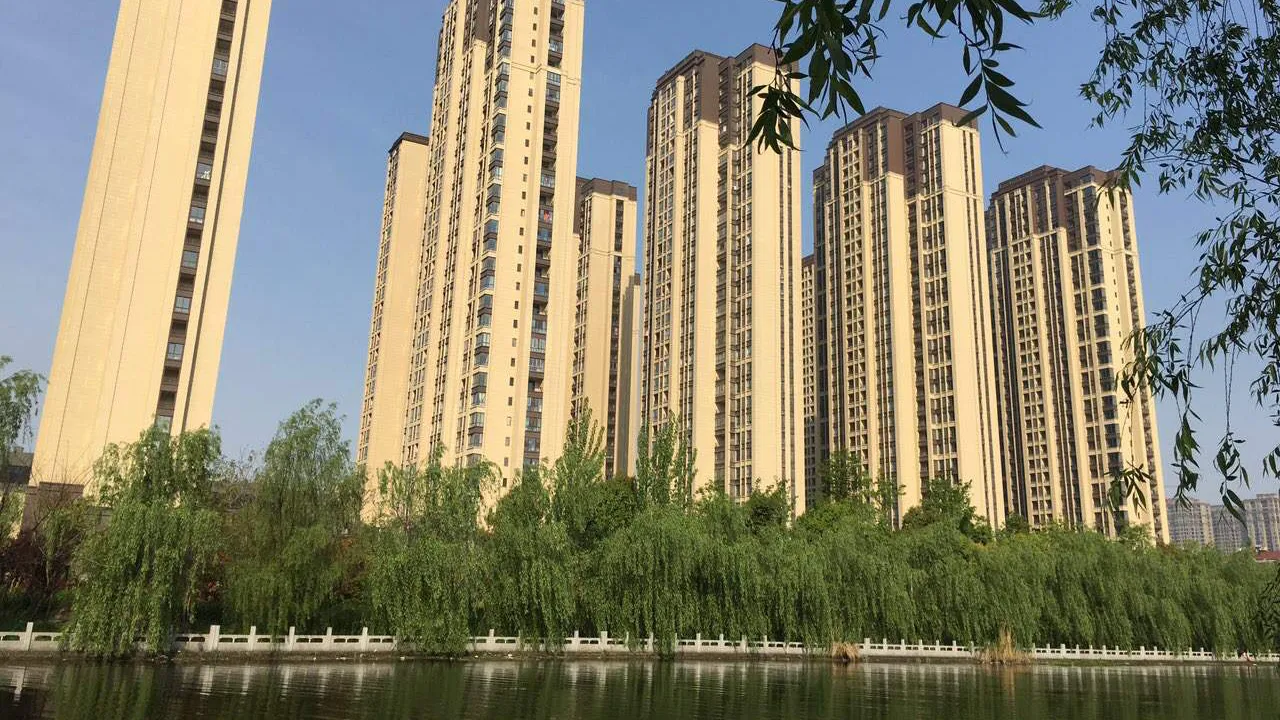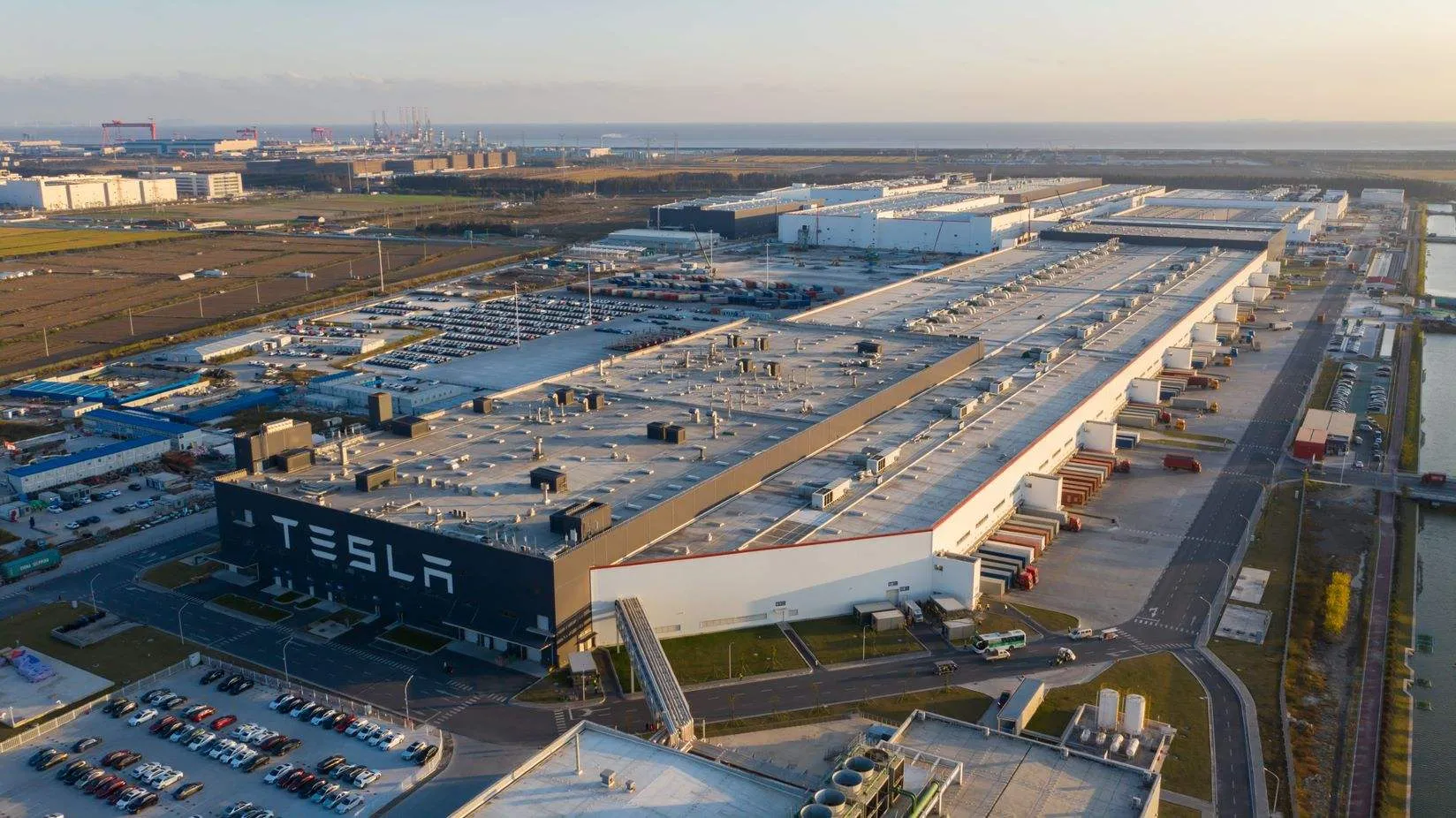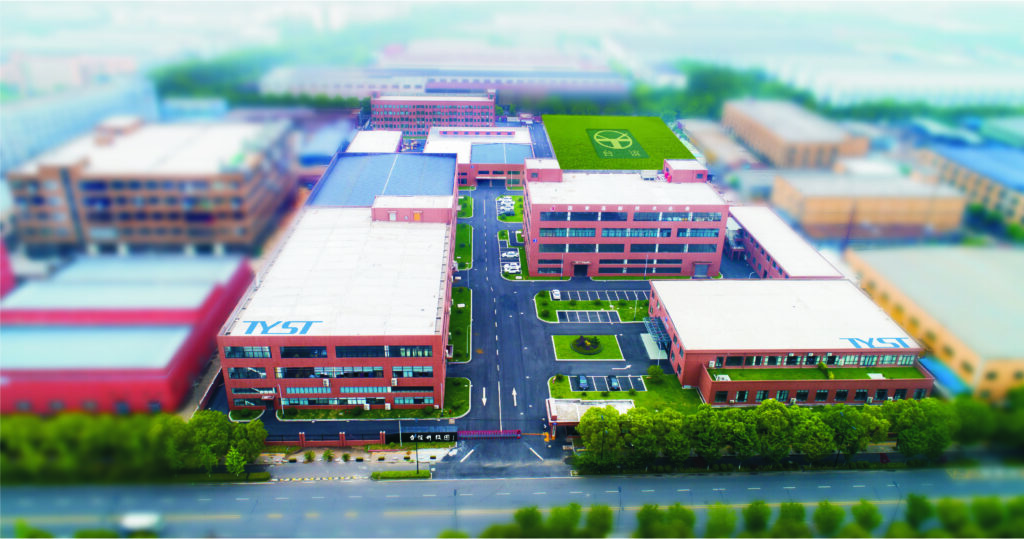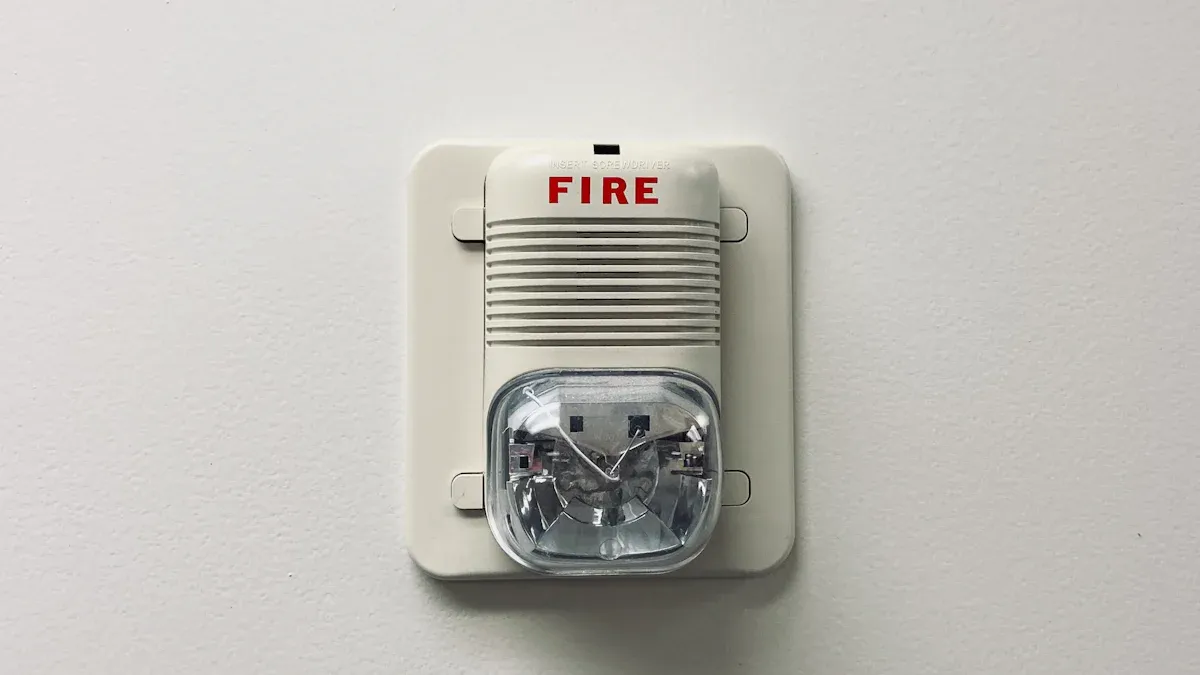
Smart campus fire safety in Singapore has advanced with the adoption of cutting-edge technology to protect students, staff, and administrators. These smart campus fire safety systems in Singapore continuously monitor for potential hazards, delivering rapid alerts and leveraging data analytics to prevent fires from escalating.
In 2023, over 9,000 IoT-enabled smart campus fire safety systems were deployed across Singapore’s educational institutions.
Wireless fire alarm systems, a key part of smart campus fire safety in Singapore, are simple to install and provide robust protection.
AI and machine learning are integrated into smart campus fire safety solutions in Singapore to detect fires more quickly, reduce false alarms, and enable early intervention.
This swift transformation in smart campus fire safety is making Singapore’s schools safer and significantly reducing the risk of fire emergencies. For many developing countries in Southeast Asia and beyond, Singapore’s experience offers valuable lessons on leveraging smart technologies to enhance fire safety in educational institutions. While challenges vary across regions, adopting these advanced systems can be a critical step toward safer campuses and more resilient communities.
Key Takeaways
Smart fire safety systems use sensors, IoT, and AI to detect fires early and send quick alerts, especially on Singapore campuses.
These systems integrate devices such as smoke detectors, sprinklers, and alarms, helping people respond quickly and stay safe during emergencies.
Real-time alerts and system integration improve safety management by guiding evacuation processes and supporting fast decision-making by staff.
Smart fire safety tools reduce risks and enhance the sense of security for students and staff, improving overall campus safety.
Future trends like predictive analytics and digital twins help prevent fires before they occur and enhance emergency training effectiveness.
What Are Smart Fire Safety Systems?
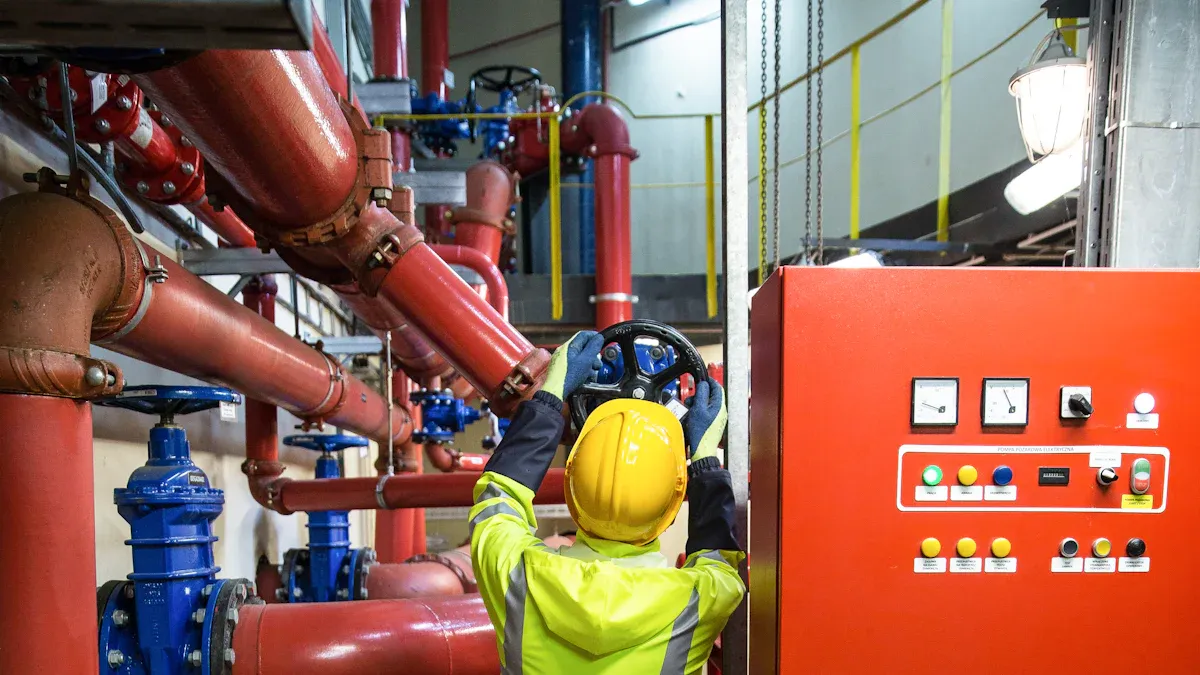
Key Components
Smart fire safety systems use new technology to keep people and buildings safe from fire. These systems have smart sensors that watch for danger all the time. The smart sensors include smoke detectors, heat sensors, and gas leak sensors. They notice changes in the air and send alerts if there is a fire risk. IoT devices link these sensors to a main control panel. This link lets people see what is happening right away and act fast.
A normal system has a few main parts:
Smart smoke detectors send alerts right away and show where the fire started.
Smart sprinkler systems turn on by themselves when they find fire.
Smart home security systems use cameras and motion sensors to find fire dangers.
All the devices are connected, so if one sensor finds fire, the whole system reacts.
The hardware has wireless fire alarm systems, voice evacuation systems, and aspirating smoke detection. The software uses cloud platforms, remote monitoring tools, and connects with building management systems. These tools help find fires quickly, study the data, and make emergency plans better.
Smart sensors and IoT make fire safety systems work better and more often. They help schools keep everyone safe by giving early warnings and clear steps during emergencies.
How They Work on Campuses
On campuses, smart fire safety systems use many sensors to watch for danger all the time. These sensors look for smoke, heat, and gas leaks. When a sensor finds fire, it sends a message to the control panel. The control panel checks the message to stop false alarms. If there is a real fire, the system turns on alarms, sprinklers, and emergency lights.
IoT gateways collect information from all the sensors and send it to a main server. The server looks at the information and sends alerts to staff, students, and emergency workers. Administrators use a dashboard to watch what is happening right now. This setup helps people act fast and leave safely.
At places like Temasek Polytechnic, thousands of IoT sensors check temperature, humidity, and if people are in the room. The system uses digital twins to make a virtual copy of the campus. This copy helps staff find risks early and plan better ways to respond. Smart sensors and IoT devices work together to make sure fire detection and response are quick and correct.
A table below shows some important hardware and software parts:
Hardware Element | Description |
|---|---|
Wireless Fire Alarm Systems | Easy to install, send alerts quickly |
Smart Sensors | Find smoke, heat, and gas leaks |
Voice Evacuation Systems | Give clear steps during fire emergencies |
Aspirating Smoke Detection | Finds smoke early in big spaces |
Software Element | Description |
|---|---|
Show real-time data and alerts | |
Cloud-Based Analytics | Save and study fire data for better choices |
IoT Connectivity | Links all devices for quick messages |
Smart fire safety systems on campuses use smart sensors, IoT, and new software for better watching, faster finding, and safer actions during fires.
Smart Campus Fire Safety in Singapore
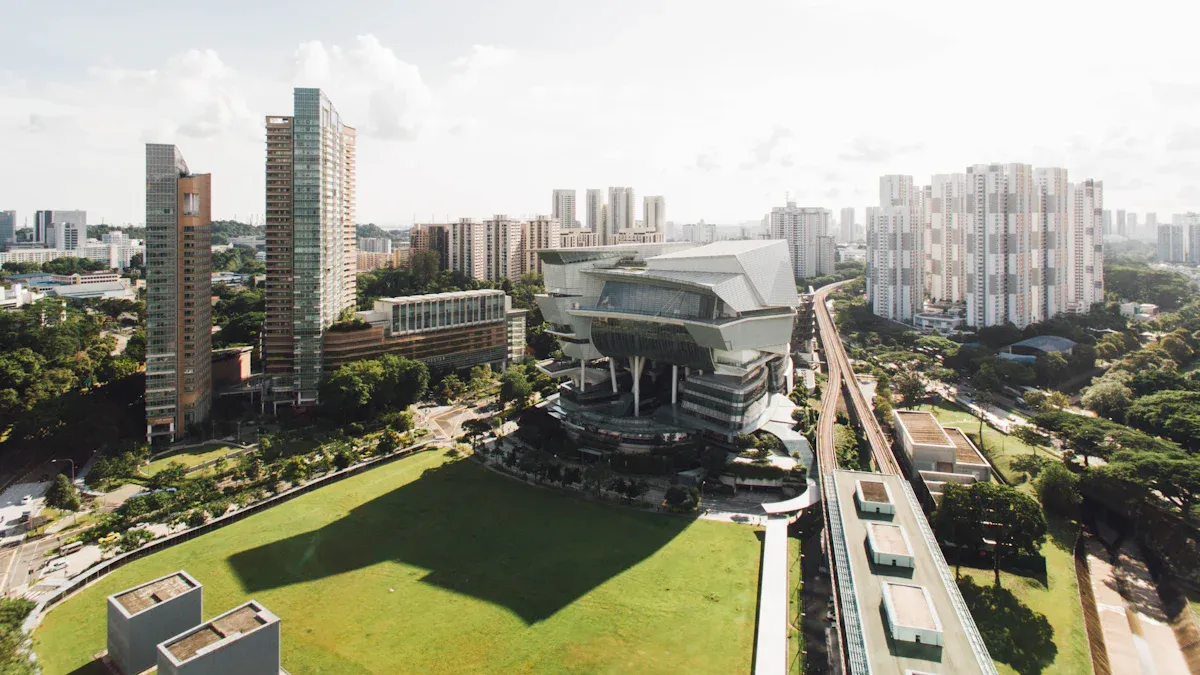
Early Detection
Early detection is very important for smart campus fire safety in Singapore. IoT sensors and smart fire detection systems watch for fire risks all the time. These sensors check for smoke, heat, and gas changes. They send live data to control centers. Staff can act before a fire gets worse. IoT fire safety systems find fires 30 to 60 seconds faster than old detectors. This quick action is important. Fires found in five minutes are much less likely to cause big damage. A study from the University of Maryland shows fast response lowers fire harm. In a drill, IoT devices helped rescue teams move 40% faster. These results show early detection helps keep students and staff safe.
Singapore’s universities use these tools to protect their campuses. At the National University of Singapore (NUS), the Integrated Operations Centre uses thousands of sensors for live monitoring. These sensors track temperature, smoke, and air quality. The system sends alerts to staff if it finds a fire risk. This setup helps the campus respond quickly and stop emergencies. Temasek Polytechnic and Nanyang Technological University (NTU) also use IoT sensors for early fire detection and prevention. These schools are leaders in smart campus fire safety.
Real-Time Alerts
Real-time alerts help keep Singapore campuses safe. When smart fire detection systems find a risk, they send instant alerts to staff, students, and emergency teams. These alerts use wireless networks and IoT devices to reach people fast. Real-time alerts tell everyone what to do and where to go during a fire. Smoke detection system gives very early warnings and shows the exact spot of the fire. This helps staff respond quickly and guide safe evacuations.
Real-time alert systems have many benefits:
They give early warnings and show the fire’s location for fast response.
They use several alarm stages, so staff can check the risk before telling everyone to leave.
They connect with mass notification systems for clear emergency messages.
They support remote monitoring and easy maintenance, making sure alerts work when needed.
Simulation studies in Singapore show that real-time alerts help people leave faster and lower risks. These systems help prevent panic and injury by giving clear steps during emergencies. Real-time monitoring and alerts make smart campus fire safety stronger and more reliable.
System Integration
System integration brings all parts of smart campus fire safety together. In Singapore, schools link fire detection, alarms, and emergency response systems into one platform. This integration uses IoT, wireless monitoring, and analytics to give a full view of campus safety. The Smart Nation initiative supports this by pushing for digital solutions in schools. With 5G-enabled IoT platforms, campuses can scale up their monitoring and manage fire safety better.
Singapore’s Civil Defence Force (SCDF) uses smart systems that connect with building automation. These systems find fires, send real-time alerts, and help emergency teams act fast. NUS’s Integrated Operations Centre links fire alarms, CCTV, and access controls. This setup lets staff see what is happening and make quick decisions during emergencies.
International best practices guide Singapore’s approach. Campuses use Building Information Modelling (BIM) for fire safety planning and evacuation drills. BIM tools help staff plan safe exits and improve emergency response. Schools also use smart flame retardants with sensors for live fire risk monitoring. Research at NUS and local startups focuses on nanotechnology to make fire prevention safer and greener.
Note: User feedback and training help improve these systems. Staff and students learn how to use emergency response systems and follow safety steps during drills.
Smart campus fire safety in Singapore uses live monitoring, predictive analytics, and system integration to keep everyone safe. Wireless monitoring, IoT, and machine learning help campuses stop fires, act quickly, and protect lives.
Benefits for Campus Communities
Safety and Peace of Mind
Smart fire safety systems help students, staff, and leaders feel safer. These systems watch for fire risks all the time using AI. If a sensor finds fire, it sends alerts to phones right away. People know what is happening and where to go in an emergency. Turnstiles open by themselves so everyone can leave fast and safe. Strong doors and windows help keep out intruders and protect people inside.
Smart fire safety steps make everyone feel safer on campus. People worry less because they trust the technology. AI security tools help staff and families feel sure about campus safety.
AI watches for fire and other dangers, lowering risks and worry.
Automatic alerts show where the fire is so people can act fast.
Data helps leaders make better safety plans and rules.
Remote checks help staff during inspections to keep fire safety strong.
These systems check for problems all the time to make sure they work. Smart fire safety stops mistakes, like sprinklers being off. Students and staff know the system will work fast in an emergency.
Efficiency and Compliance
Smart fire safety systems help schools follow safety rules and work better. Advanced Fire Alarm Control Panel systems meet world fire safety laws. These systems use alarms and IoT sensors to track safety in real time. Leaders can see battery life, problems, and late repairs on screens. Automatic checks and digital records make fixing things easier and stop mistakes.
Remote checks and smart fixes save money and keep safety up to date.
Linking with smart building tools helps people act fast in emergencies.
Public buildings, like schools, use these systems to keep people safe and follow rules.
Smart fire safety helps schools manage many buildings and keep plans current.
Schools have a hard job keeping big campuses safe. Smart fire safety lets them use flexible safety steps. AI tools spot blocked exits and suggest repairs when needed. These tools help schools follow rules and get ready for any emergency.
Future of Real-Time Fire Safety
Predictive Analytics
Campuses in Singapore are starting to use predictive fire safety systems. These systems use advanced analytics and Industry 4.0 technology. They do not just react to danger. They try to stop it before it happens. Digital twin models make virtual copies of campus buildings. Firefighters use these models to practice for risky situations. They can train before facing real danger. AI-driven solutions look at real-time data from IoT sensors. They spot changes in temperature, smoke, or gas. The system sends instant alerts to staff. This helps people act before a fire gets worse.
AI-powered sensors and digital twins work together to watch the environment. They guess which areas might have fires and turn on suppression systems. This gives better protection. VR and digital twin technology let firefighters and students practice emergency drills safely. This new way helps stop fires before they start. It lowers the chance of injury and damage. Schools like NTU work with others to make machine learning models better. These partnerships help create new fire safety ideas and make campuses safer.
Predictive analytics and digital twins help schools in Singapore stop fires before they happen, not just react to them.
Emerging Trends
New trends in real-time fire safety are changing how schools keep people and property safe. Smart fire detection systems use IoT and AI to watch for many dangers at once. They help cut down on false alarms and make detection more accurate. Advanced fire suppression tools, like water mist and eco-friendly agents, put out fires and protect the environment. Better fire-resistant materials, such as intumescent coatings, help stop fire from spreading.
Building Information Modeling (BIM) helps with careful fire safety planning and practice. Drones with thermal cameras give emergency teams a better look during fires. VR training helps students and staff get ready for real emergencies. Wireless and cloud-based fire safety systems let people watch and manage safety from far away. This is great for big campuses. Green solutions, like clean agents and natural barriers, help schools meet green building goals.
Schools in Singapore have some challenges, like learning new technology and training staff. Still, these trends give many chances for better fire safety and prevention. By using IoT, AI, and predictive analytics, campuses can make safety better, respond faster, and protect lives and property.
Smart fire safety systems have made campuses safer in Singapore. These systems use AI, IoT, and live monitoring. They help find fires early and protect people fast. Schools follow strict safety rules and use new fire protection tools.
Smart technology finds fires early and sends quick alerts.
AR and AI tools help check buildings and respond faster.
Government support and new safety codes help schools use these systems.
Campus leaders should go to events like the Emergency Services Show Asia and train staff. Learning about new fire safety ideas helps keep students and staff safe. New inventions make fire protection stronger and help campuses respond better to emergencies.
FAQ
What makes smart fire safety systems different from traditional systems?
Smart fire safety systems use sensors, IoT, and AI. These tools find fires faster than old systems. They send alerts right away to help people act quickly. Traditional systems need people to check things by hand. Their alarms are slower and may not warn everyone in time.
How do smart fire safety systems help students and staff?
Smart systems send alerts to phones and speakers fast. They show safe ways out and help people leave safely. This helps everyone get out of the building quickly. People know where to go and what to do in an emergency.
Can smart fire safety systems reduce false alarms?
Yes. AI and special sensors look for real fire dangers. They ignore smoke from cooking or dust. This means fewer false alarms happen. Emergency teams can focus on real problems.
Are smart fire safety systems hard to maintain?
No. Most systems use remote checks and automatic tests. Staff can see how the system is working on screens. Maintenance teams get alerts when something needs fixing. This makes it easy to keep the system working well.
Do Singapore campuses use smart fire safety systems everywhere?
Many campuses in Singapore use smart fire safety systems now. Schools like NUS and NTU are leaders in using them. More schools want to upgrade soon with the Smart Nation plan.
Tip: Students and staff should join fire drills. This helps everyone learn how smart fire safety systems work.

